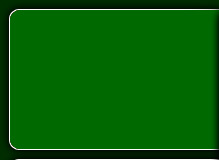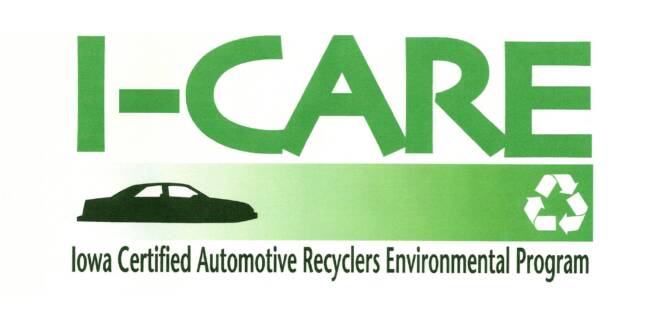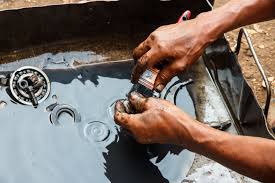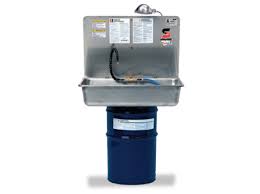MENU
Parts Cleaning
Spent solvents from parts cleaning systems are disposed of with an authorized processor.
Wash water from water-based parts washers is either recycled or collected for disposal in an approved manner.
All methods of industrial or commercial wastewater discharge are subject to some type of permit, approval or contaminant restriction. At a minimum, all commercial wastewater discharge activity should be reported to the publicly owned treatment works (POTW). Even wastewater discharged to a city sewer system can create a potentially hazardous waste as sludge builds up in the sump of the floor drain system at the facility.
Sump sludge may be hazardous because of contaminants such as metal particulate or solvents. As a result, a representative sample of sump sludge should be collected and tested for the TCLP parameters, listed in the Licensing and regulatory Standards of this certification manual. If the sump sludge is found to be hazardous, it must be disposed of through an EPA-permitted hazardous waste management company, stored in sealed and labeled containers, and included in the facility’s hazardous waste inventory.
PARTS CLEANING





